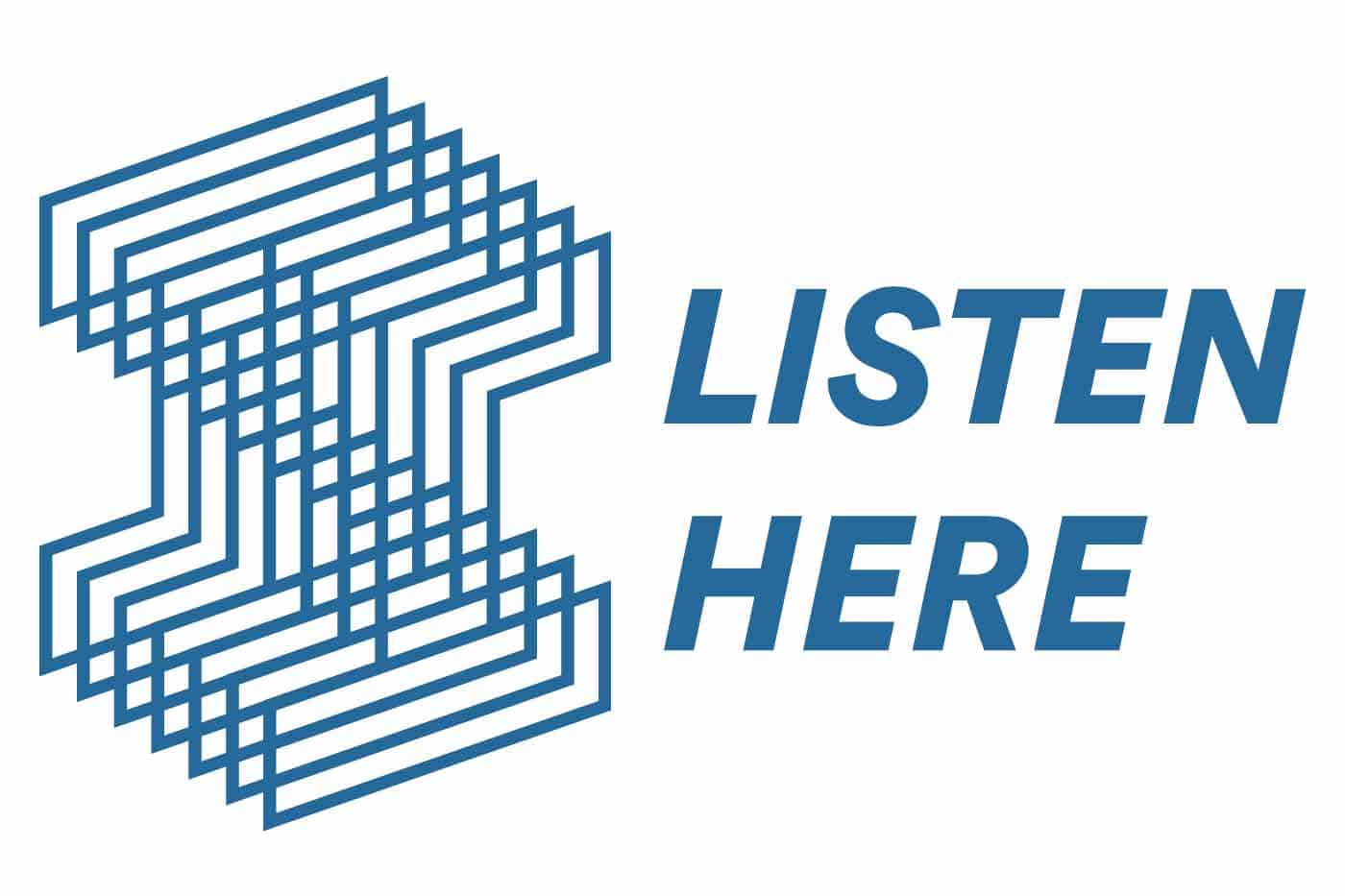| Episode #1 – “Pricing Strategy: Key Ingredients to Getting Started”
Click here to listen to Pricing Solutions’ latest Podcast on Pricing Strategy |
Pricing Strategy: Key Ingredients to Getting Started – Full Transcript
HOST: Hi and welcome to the Pricing Solutions Podcast where we discuss news articles and exchange opinions and ideas on different pricing topics. We’ll be talking about pricing strategy today. Did you know that a 1% improvement in pricing leads to a 12.5% improvement in bottom line profitability, yet more than 50% of companies do not have a clear pricing strategy. Joining us today is Paul Hunt President of Pricing Solutions. Hello Paul.
PAUL HUNT: Hello Ron.
HOST: For people who are foreign to the concept of pricing strategy how would you describe it?
PAUL HUNT: So pricing strategy is a plan to help an organization achieve it’s goals and you know it’s really important to articulate what your goals are. You know companies almost always will agree that profitability is a key goal but often market share is a key goal as well and sometimes both are goals. But they can also be in conflict so articulating is it volume, is it market share, is it profitability, is it earnings per share? What are we really trying to accomplish here and then setting a plan in place to go about accomplishing that goal. And there are many different elements that could be pieces of a pricing strategy.
HOST: And how does the concept change if you are going global?
PAUL HUNT: Yeah globalization has really made it much more challenging to develop a good pricing strategy because you get cross-border pricing, you get pricing between countries. And you get large multinational company that has several products in several countries and what you have is a ton of complexity and real opportunities for conflict. So it’s much more important to have your pricing strategy really clearly articulated and to have kind of a one page or two page summary that really nails down. This is what our pricing strategy is, this is what we’re trying to accomplish in this country for this product and you go by country by product or by division by region and that way you articulate it. We call that identifying the nodes, and the node is the cross section between a product and a country and you have to have a pricing strategy for each node within your company.
HOST: Alright so lets talk more about good attributes that a company has for a good pricing strategy? What else can we talk about?
PAUL HUNT: Well the key ingredients to a good pricing strategy are the four C’s. And the four C’s are customer, competition, cost and conditions, sort of capacity. So you know there’s tremendous stress within companies around pricing strategy. It’s probably the most contentious issue within most companies. It gets more debated, hotly debated, by people who have definitive opinions about what the right and correct answer is. And what we usually find is that the problems, the heat behind pricing strategy discussions, becomes increasingly intense the more that there is a gap in the information that the participants have. And so if you have a gap in your costing insight or in your knowledge of your customer or lack of competitive insight or you don’t understand the capacity of your business, capacity utilization or the conditions of the economy then you’re going to have stress because people don’t have clarity. They start debating based on opinion, belief, perception and perceptions vary widely. So it’s extremely important to have facts. And a great pricing strategy is just like cooking a really good dish of food, great ingredients make for a great dish of food. A great pricing strategy is made by great ingredients and great ingredients are real depth and insight into the 4 C’s. That is great ingredients and once you have that pricing strategies tend to unfold and become very elegant, very simple and really effective.
HOST: And could you say what the 4 C’s are again?
PAUL HUNT: So customers, cost, competition and then the fourth one we’re defining as either capacity utilization in some industries, that’s a critical driver, such as petro-chemicals but in software it’s a non-issue really. In which case we would call it conditions for the software industry. Which would be economic conditions, supply demand. Things like that just the overall economy.
HOST: You’re listening to the Pricing Solutions podcast. For more information, or if you have any questions you would like us to talk about. Please go to www.pricingsolutions.com/pricing-strategy/





